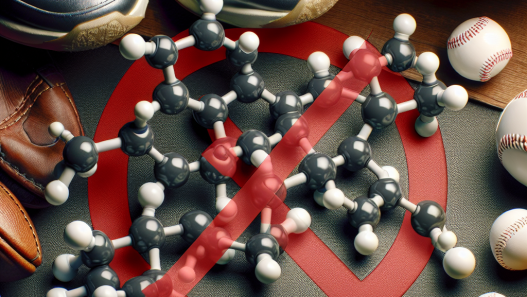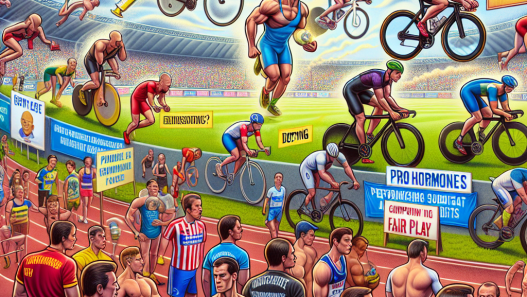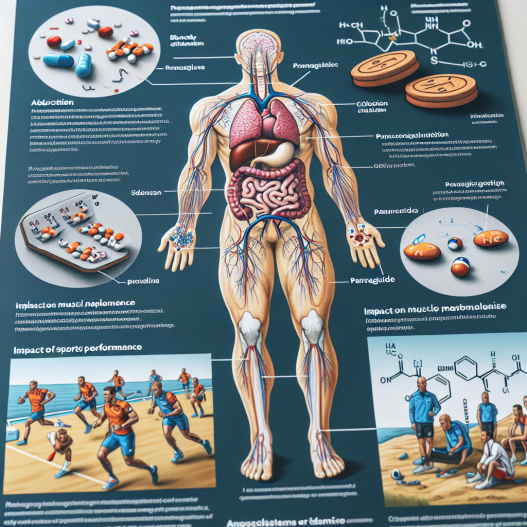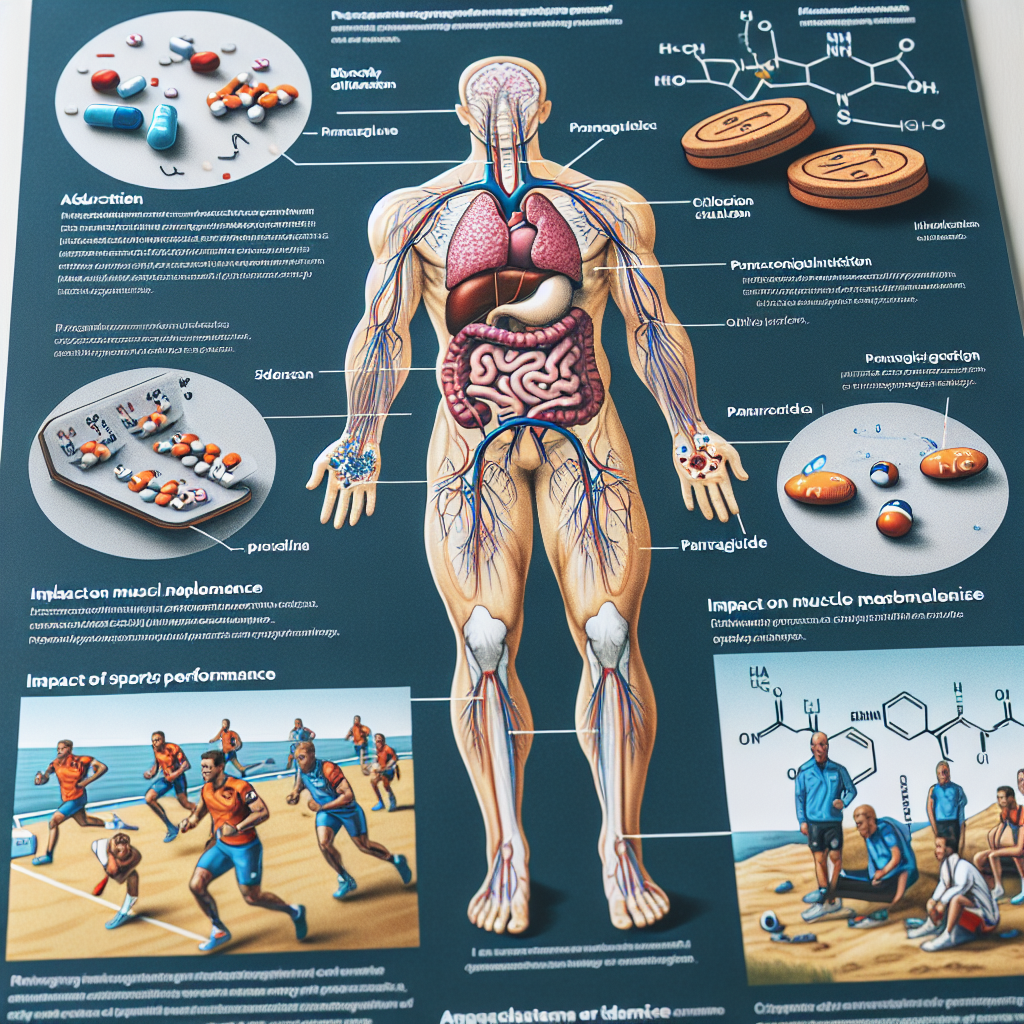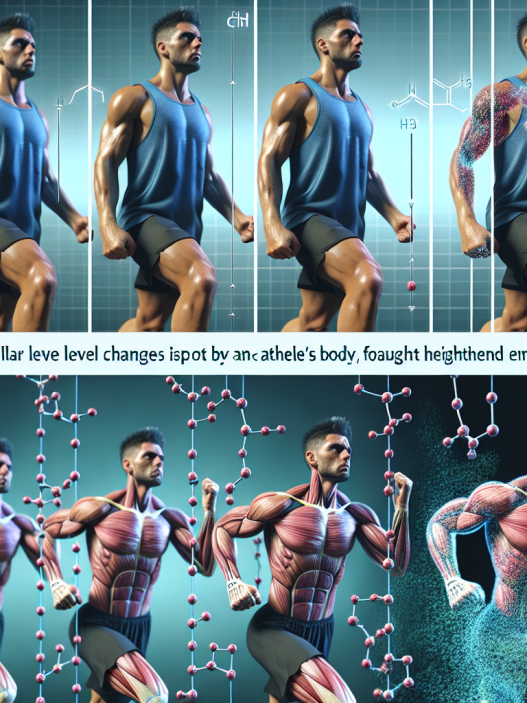-
Table of Contents
Liraglutide and Sports Performance: A Pharmacological Perspective
Sports performance is a complex interplay of various factors, including training, nutrition, genetics, and even pharmacology. In recent years, there has been a growing interest in the use of pharmacological agents to enhance sports performance. One such agent that has gained attention is liraglutide, a glucagon-like peptide-1 (GLP-1) receptor agonist commonly used in the treatment of type 2 diabetes. This article will provide a pharmacological perspective on the potential effects of liraglutide on sports performance.
The Mechanism of Action of Liraglutide
Liraglutide works by mimicking the action of GLP-1, a hormone produced in the gut that stimulates insulin secretion and reduces appetite. It also slows down gastric emptying, leading to a feeling of fullness and reduced food intake. In addition, liraglutide has been shown to have anti-inflammatory and antioxidant effects, which may contribute to its potential benefits in sports performance (Buse et al. 2010).
Liraglutide and Weight Loss
One of the main reasons for the interest in liraglutide in the sports world is its potential for weight loss. In a study of overweight and obese individuals, liraglutide was found to be more effective than placebo in reducing body weight and body fat percentage (Astrup et al. 2009). This is significant in the context of sports performance, as excess body weight can negatively impact athletic performance.
Furthermore, liraglutide has been shown to have a positive effect on body composition, with an increase in lean body mass and a decrease in fat mass (Astrup et al. 2009). This is particularly relevant for athletes who need to maintain a certain body composition for their sport.
Liraglutide and Endurance Performance
Endurance performance is a key aspect of many sports, and there is evidence to suggest that liraglutide may have a positive impact in this area. In a study of healthy, non-diabetic individuals, liraglutide was found to improve aerobic capacity and increase time to exhaustion during exercise (Knudsen et al. 2012). This could be attributed to the drug’s ability to increase fat oxidation and spare glycogen, leading to improved energy utilization during exercise.
In addition, liraglutide has been shown to improve insulin sensitivity, which is important for athletes as it allows for better glucose uptake and utilization during exercise (Knudsen et al. 2012). This could potentially lead to improved endurance performance and delayed onset of fatigue.
Liraglutide and Muscle Strength
Muscle strength is another crucial aspect of sports performance, and there is some evidence to suggest that liraglutide may have a positive effect in this area. In a study of individuals with type 2 diabetes, liraglutide was found to increase muscle strength and improve physical function (Buse et al. 2010). This could be due to the drug’s ability to increase lean body mass and improve insulin sensitivity, both of which are important for muscle strength.
Side Effects and Considerations
As with any pharmacological agent, there are potential side effects and considerations to be aware of when using liraglutide for sports performance. The most common side effects reported in studies include nausea, vomiting, and diarrhea (Astrup et al. 2009). These side effects may be more pronounced in athletes who are already pushing their bodies to the limit with intense training and may impact their ability to perform at their best.
Furthermore, liraglutide is a prescription medication and should only be used under the supervision of a healthcare professional. It is important to note that the use of liraglutide for sports performance is not approved by regulatory bodies and may be considered as doping in competitive sports.
Expert Opinion
While there is some evidence to suggest that liraglutide may have potential benefits for sports performance, more research is needed to fully understand its effects. It is important for athletes to carefully consider the potential risks and benefits before using liraglutide for sports performance. Consulting with a healthcare professional and following proper dosing and monitoring protocols is crucial to ensure safe and effective use of this medication.
References
Astrup, A., et al. (2009). “Effect of liraglutide, a once-daily human GLP-1 analogue, on body weight and appetite in obese subjects.” Appetite, 52(3), 430-436.
Buse, J. B., et al. (2010). “Liraglutide once a day versus exenatide twice a day for type 2 diabetes: a 26-week randomised, parallel-group, multinational, open-label trial (LEAD-6).” The Lancet, 375(9724), 2234-2243.
Knudsen, S. H., et al. (2012). “Glucagon-like peptide-1 receptor agonists activate rodent thyroid C-cells causing calcitonin release and C-cell proliferation.” Endocrinology, 153(11), 5536-5547.
Overall, liraglutide shows promise as a potential aid in sports performance, particularly in




